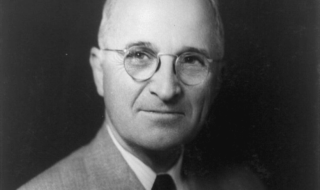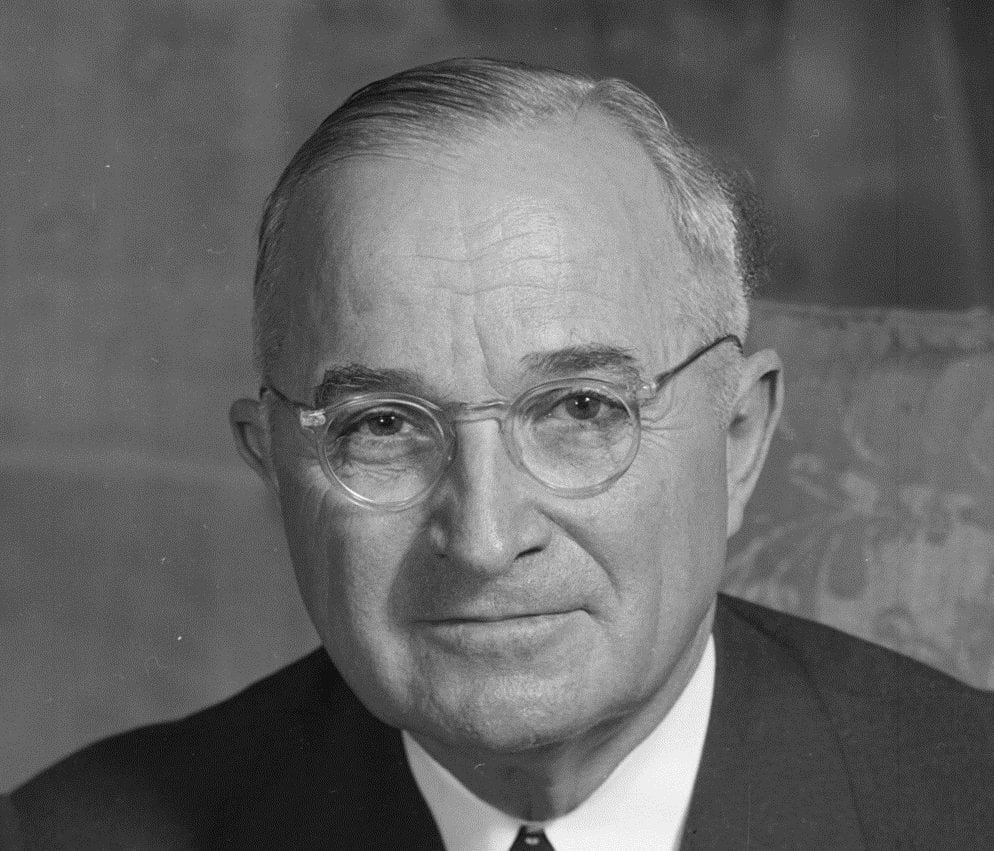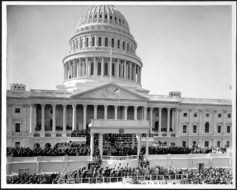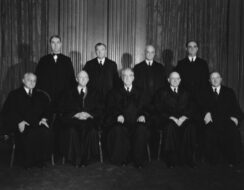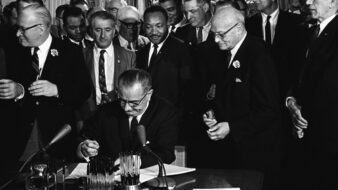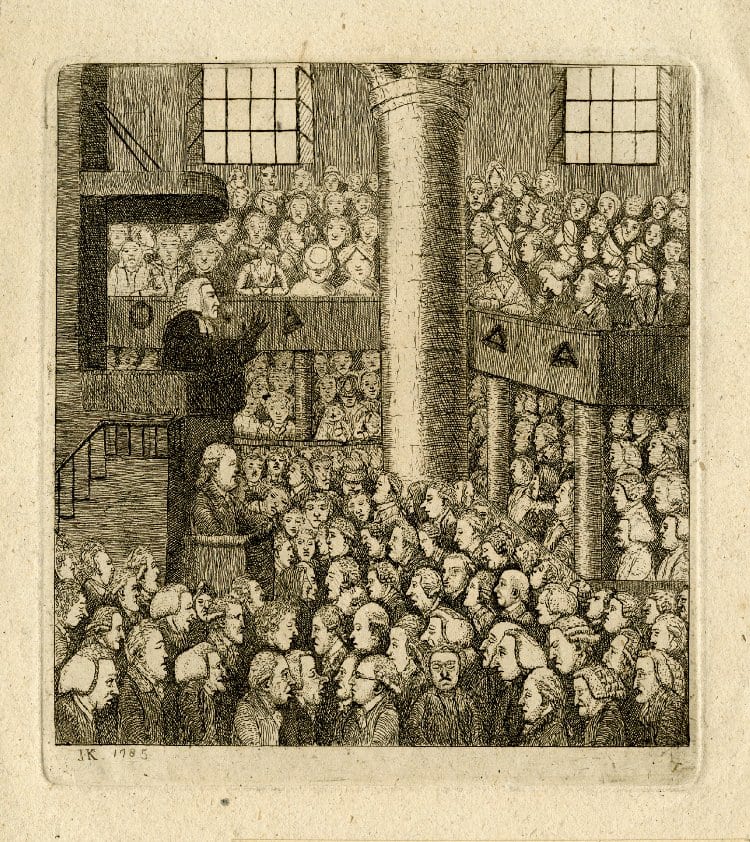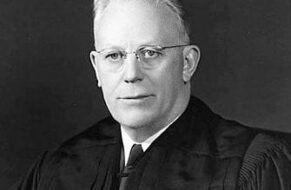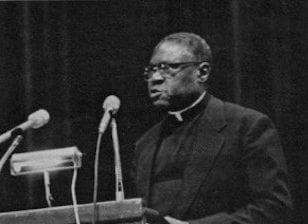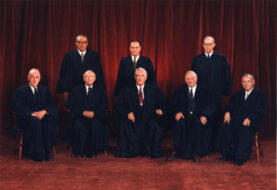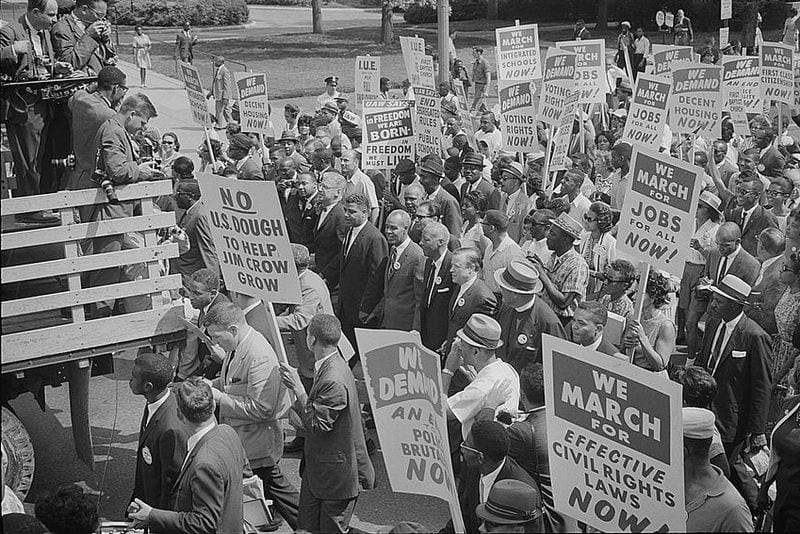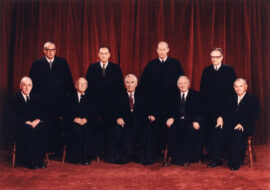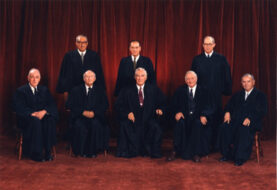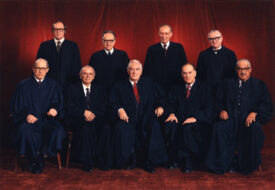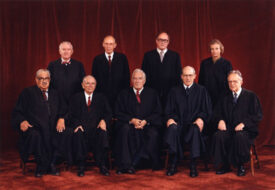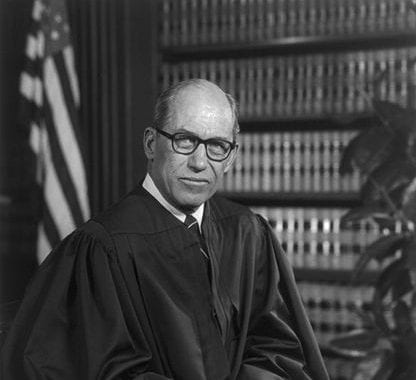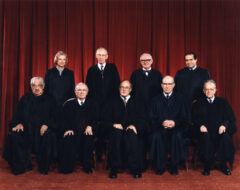

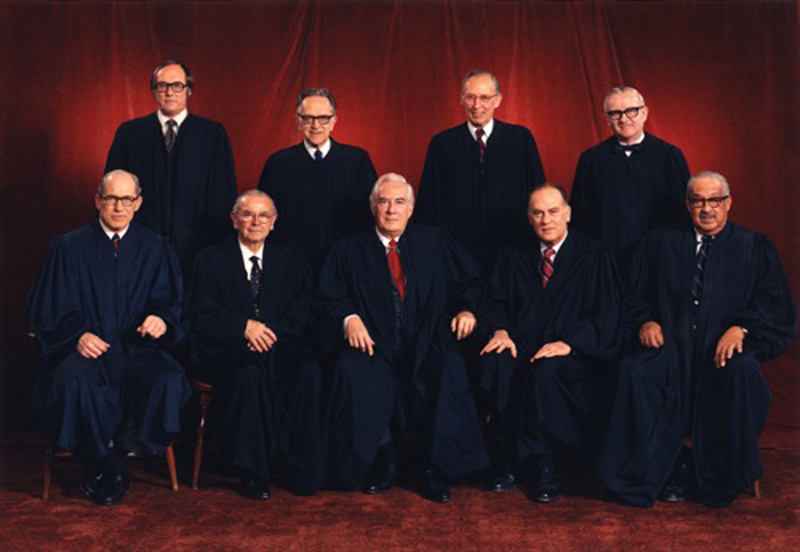
No related resources
Introduction
The Fort Laramie Treaty of 1868 that ended Red Cloud’s War, sometimes known to whites as the Powder River War, established the Great Sioux Reservation, comprising most of the modern state of South Dakota. In 1874, an expedition led by Lt. Col. George Armstrong Custer reported the discovery of gold in the Black Hills, an area that was part of the reservation. Settlers hungry for wealth began illegally to invade the Black Hills. At first the Army tried to expel the trespassers. As the number of miners and settlers swelled, however, the Army instead undertook a military campaign against the supposedly hostile Sioux. Following Custer’s defeat at the Little Bighorn (1876), the federal government coerced the Indians into ceding the Black Hills in 1877. The Great Sioux Reservation established just nine years earlier was no more, proving Gen. William Sherman’s statement: “An Indian reservation is a parcel of land set aside for the exclusive use of Indians, surrounded by thieves.”
The Sioux never accepted the forced forfeiture of their most sacred site. In 1920, after intense lobbying, they persuaded Congress to pass an act permitting the Sioux to bring a lawsuit against the United States, which they did in 1923. Following the creation of the Indian Claims Commission in 1946 (Legal Status of Indians), the case was transferred to the new judicial body. After lengthy legal maneuvering, in 1978, lobbyists for the Sioux convinced Congress to enact another law authorizing the U.S. Court of Claims to determine the case. Under this new authorization, the court ruled the Black Hills had been illegally taken. It determined the value of the land in 1877, based on the gold mined, was $17.1 million. At 5 percent compound interest, the court awarded the Sioux an additional $88 million. The government appealed to the Supreme Court, which in an 8–1 decision affirmed the Court of Claims’ ruling.
The Sioux refused the monetary settlement, contending they simply wanted their sacred site back. Today, the Black Hills contain both Deadwood, SD, and Mount Rushmore National Memorial. The Sioux, some of the poorest people in the country, continue to refuse the settlement money, which is currently more than $2 billion.
An excerpt of the Supreme Court decision, authored by Justice Harry Blackmun, follows, along with a portion of the dissent by Justice William Rehnquist.
448 U.S. 371, https://www.law.cornell.edu/supremecourt/text/448/371.
MR. JUSTICE BLACKMUN delivered the opinion of the Court.
This case concerns the Black Hills of South Dakota, the Great Sioux Reservation, and a colorful, and in many respects tragic, chapter in the history of the nation’s West. . . .
The Fort Laramie Treaty included several agreements central to the issues presented in this case.1 First, it established the Great Sioux Reservation, a tract of land [comprising most of South Dakota west of the Missouri River] in addition to certain reservations already existing east of the Missouri. The United States “solemnly agree[d]” that no unauthorized persons “shall ever be permitted to pass over, settle upon, or reside in [this] territory.”. . .
. . . Art. XII of the treaty provided: “No treaty for the cession of any portion or part of the reservation herein described which may be held in common shall be of any validity or force as against the said Indians, unless executed and signed by at least three-fourths of all the adult male Indians, occupying or interested in the same.”
[A] commission, headed by George Manypenny,2 arrived in the Sioux country in early September [1876] and commenced meetings with the head men of the various tribes. The members of the commission impressed upon the Indians that the United States no longer had any obligation to provide them with subsistence rations. The commissioners brought with them the text of a treaty that had been prepared in advance. The principal provisions of this treaty were that the Sioux would relinquish their rights to the Black Hills and other lands west of the one hundred and third meridian, and their rights to hunt in the unceded territories to the north, in exchange for subsistence rations for as long as they would be needed to ensure the Sioux’ survival. In setting out to obtain the tribes’ agreement to this treaty, the commission ignored the stipulation of the Fort Laramie Treaty that any cession of the lands contained within the Great Sioux Reservation would have to be joined in by three-fourths of the adult males. Instead, the treaty was presented just to Sioux chiefs and their leading men. It was signed by only 10 percent of the adult male Sioux population.
Congress resolved the impasse by enacting the 1876 “agreement” into law as the Act of Feb. 28, 1877 (1877 Act). 19 Stat. 254. The Act had the effect of abrogating the earlier Fort Laramie Treaty, and of implementing the terms of the Manypenny Commission’s “agreement” with the Sioux leaders.
The passage of the 1877 Act legitimized the settlers’ invasion of the Black Hills, but throughout the years it has been regarded by the Sioux as a breach of this nation’s solemn obligation to reserve the Hills in perpetuity for occupation by the Indians. One historian of the Sioux Nation commented on Indian reaction to the Act in the following words:
The Sioux thus affected have not gotten over talking about that treaty yet, and during the last few years they have maintained an organization called the Black Hills Treaty Association, which holds meetings each year at the various agencies for the purpose of studying the treaty with the intention of presenting a claim against the government for additional reimbursements for the territory ceded under it. Some think that Uncle Sam owes them about $9,000,000 on the deal, but it will probably be a hard matter to prove it.3
Fiske’s words were to prove prophetic. . . .
In reaching its conclusion that the 1877 act effected a taking of the Black Hills for which just compensation was due the Sioux under the Fifth Amendment, the Court of Claims relied upon the “good faith effort” test developed in its earlier decision in Three Tribes of Fort Berthold Reservation v. United States. The Fort Berthold test had been designed to reconcile two lines of cases decided by this Court that seemingly were in conflict. The first line, exemplified by Lone Wolf v. Hitchcock, recognizes “that Congress possesse[s] a paramount power over the property of the Indians, by reason of its exercise of guardianship over their interests, and that such authority might be implied, even though opposed to the strict letter of a treaty with the Indians.” The second line, exemplified by the more recent decision in Shoshone Tribe v. United States, concedes Congress’ paramount power over Indian property, but holds, nonetheless, that “[t]he power does not extend so far as to enable the Government ‘to give the tribal lands to others, or to appropriate them to its own purposes, without rendering, or assuming an obligation to render, just compensation.’” In Shoshone Tribe, Mr. Justice Cardozo, in speaking for the Court, expressed the distinction between the conflicting principles in a characteristically pithy phrase: “Spoliation is not management.”
Applying the Fort Berthold test to the facts of this case, the Court of Claims concluded that, in passing the 1877 Act, Congress had not made a good-faith effort to give the Sioux the full value of the Black Hills. The principal issue presented by this case is whether the legal standard applied by the Court of Claims was erroneous. . . .
The Government contends that the Court of Claims erred insofar as its holding that the 1877 Act effected a taking of the Black Hills was based on Congress’ failure to indicate affirmatively that the consideration given the Sioux was of equivalent value to the property rights ceded to the Government. It argues that “the true rule is that Congress must be assumed to be acting within its plenary power to manage tribal assets if it reasonably can be concluded that the legislation was intended to promote the welfare of the tribe.” The Government derives support for this rule principally from this Court’s decision in Lone Wolf v. Hitchcock.
… We must presume that Congress acted in perfect good faith in the dealings with the Indians of which complaint is made, and that the legislative branch of the government exercised its best judgment in the premises. In any event, as Congress possessed full power in the matter, the judiciary cannot question or inquire into the motives which prompted the enactment of this legislation. If injury was occasioned, which we do not wish to be understood as implying, by the use made by Congress of its power, relief must be sought by an appeal to that body for redress and not to the courts. The legislation in question was constitutional.4
The Government relies on the italicized sentence in the quotation above to support its view “that Congress must be assumed to be acting within its plenary power to manage tribal assets if it reasonably can be concluded that the legislation was intended to promote the welfare of the tribe.” Several adjoining passages in the paragraph, however, lead us to doubt whether the Lone Wolf Court meant to state a general rule applicable to cases such as the one before us. . . .
[I]t seems significant that the views of the Court in Lone Wolf were based, in part, on a holding that “Congress possessed full power in the matter.” Earlier in the opinion the Court stated: “Plenary authority over the tribal relations of the Indians has been exercised by Congress from the beginning, and the power has always been deemed a political one, not subject to be controlled by the judicial department of the government.” Thus, it seems that the Court’s conclusive presumption of congressional good faith was based in large measure on the idea that relations between this nation and the Indian tribes are a political matter, not amenable to judicial review. That view, of course, has long since been discredited in takings cases, and was expressly laid to rest in Delaware Tribal Business Comm. v. Weeks….
[F]ollowing up on the political question holding, the Lone Wolf opinion suggests that where the exercise of congressional power results in injury to Indian rights, “relief must be sought by an appeal to that body for redress and not to the courts.” Unlike Lone Wolf, this case is one in which the Sioux have sought redress from Congress, and the Legislative Branch has responded by referring the matter to the courts for resolution. Where Congress waives the Government’s sovereign immunity, and expressly directs the courts to resolve a taking claim on the merits, there would appear to be far less reason to apply Lone Wolf’s principles of deference.
The foregoing considerations support our conclusion that the passage from Lone Wolf here relied upon by the Government has limited relevance to this case. More significantly, Lone Wolf’s presumption of congressional good faith has little to commend it as an enduring principle for deciding questions of the kind presented here. In every case where a taking of treaty-protected property is alleged, a reviewing court must recognize that tribal lands are subject to Congress’ power to control and manage the tribe’s affairs. But the court must also be cognizant that “this power to control and manage [is] not absolute. While extending to all appropriate measures for protecting and advancing the tribe, it [is] subject to limitations inhering in . . . a guardianship and to pertinent constitutional restrictions.”5
As the Court of Claims recognized in its decision below, the question whether a particular measure was appropriate for protecting and advancing the tribe’s interests, and therefore not subject to the constitutional command of the just compensation clause, is factual in nature. The answer must be based on a consideration of all the evidence presented. We do not mean to imply that a reviewing court is to second-guess, from the perspective of hindsight, a legislative judgment that a particular measure would serve the best interests of the tribe. We do mean to require courts, in considering whether a particular congressional action was taken in pursuance of Congress’ power to manage and control tribal lands for the Indians’ welfare, to engage in a thoroughgoing and impartial examination of the historical record. A presumption of congressional good faith cannot serve to advance such an inquiry. . . .
We turn to the question whether the Court of Claims’ inquiry in this case was guided by an appropriate legal standard. We conclude that it was. In fact, we approve that court’s formulation of the inquiry as setting a standard that ought to be emulated by courts faced with resolving future cases presenting the question at issue here. . . .
In sum, we conclude that the legal analysis and factual findings of the Court of Claims fully support its conclusion that the terms of the 1877 Act did not effect “a mere change in the form of investment of Indian tribal property.”6 Rather, the 1877 Act effected a taking of tribal property, property which had been set aside for the exclusive occupation of the Sioux by the Fort Laramie Treaty of 1868. That taking implied an obligation on the part of the Government to make just compensation to the Sioux Nation, and that obligation, including an award of interest, must now, at last, be paid.
The judgment of the Court of Claims is affirmed.
It is so ordered.
MR. JUSTICE REHNQUIST, dissenting.
. . .Although the Court refrains from so boldly characterizing its action, it is obvious from these facts that Congress has reviewed the decisions of the Court of Claims, set aside the judgment that no taking of the Black Hills occurred, set aside the judgment that there is no cognizable reason for relitigating this claim, and ordered a new trial. I am convinced that this is nothing other than an exercise of judicial power reserved to Art. III courts that may not be performed by the Legislative Branch under its Art. I authority. . . .
It is therefore apparent that Congress has accomplished more than a private litigant’s attempted waiver, more than legislative control over the general jurisdiction of the federal courts, and more than the establishment of a new rule of law for a previously decided case. What Congress has done is uniquely judicial. It has reviewed a prior decision of an Art. III Court, eviscerated the finality of that judgment, and ordered a new trial in a pending case. . . .
. . .There were undoubtedly greed, cupidity, and other less-than-admirable tactics employed by the Government during the Black Hills episode in the settlement of the West, but the Indians did not lack their share of villainy either. It seems to me quite unfair to judge by the light of “revisionist” historians or the mores of another era actions that were taken under pressure of time more than a century ago.
Different historians, not writing for the purpose of having their conclusions or observations inserted in the reports of congressional committees, have taken different positions than those expressed in some of the materials referred to in the Court’s opinion. This is not unnatural, since history, no more than law, is not an exact (or for that matter an inexact) science. . . .
That there was tragedy, deception, barbarity, and virtually every other vice known to man in the 300-year history of the expansion of the original 13 colonies into a nation which now embraces more than 3 million square miles and 50 states cannot be denied. But in a court opinion, as a historical and not a legal matter, both settler and Indian are entitled to the benefit of the biblical adjuration: “Judge not, that ye be not judged.”. . .
- 1. This may be found within this collection of documents.
- 2. George Washington Manypenny (1808–1892) was the director of the Bureau of Indian Affairs from 1853 to 1857. Justice Blackmun referred to the commission that Moneypenny led to examine the causes of the Sioux outbreak of 1876.
- 3. Blackmun’s note: F. Fiske, The Taming of the Sioux 132 (1917).
- 4. The italics were supplied by Blackmun.
- 5. Blackmun’s note: United States v. Creek Nation, 295 U.S. 103, 109–110 (1935). Accord: Menominee Tribe v. United States, 391 U.S. 404, 413 (1968); [citing additional authority].
- 6. Blackmun’s note: Lone Wolf v. Hitchcock, 187 U.S., at 568.
Fullilove v. Klutznick
July 2, 1980
Conversation-based seminars for collegial PD, one-day and multi-day seminars, graduate credit seminars (MA degree), online and in-person.






